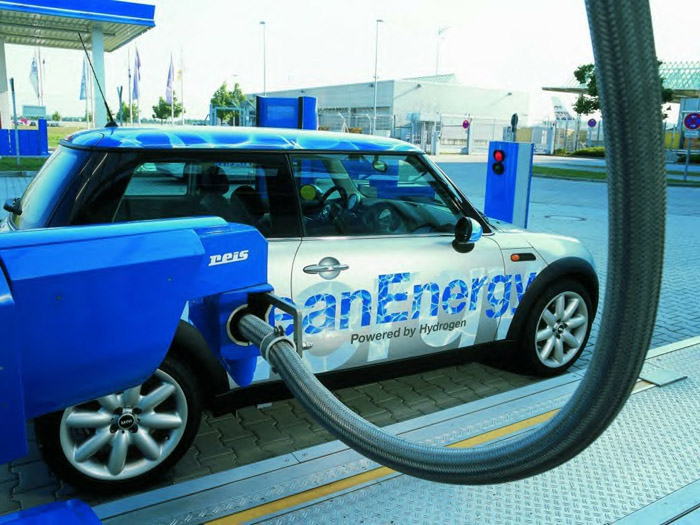World's smallest car is powered by light
Bound to get killed off by Big Oil, then

Think your Mini is minute or your Smart Car compact?
Think again. Scientists at Rice University in Texas have created the the world's smallest car: it's just 2.1 nanometres long and is powered by nothing but light.
The nanocar is a proof-of-concept nanomachine constructed from a single molecule, with a light-activated paddlewheel motor, carborane wheels and flexible axles.
Warming up the motor
The latest nanotechnology automobile can even run at room temperatures, thanks to a more efficient design and some neat tracking technology developed by Rice Uni researchers.
They tagged each nanocar with a molecule of fluorescent dye that showed the miniature motors progress under fluorescent light.
The scientists found that the nanocars could move two car lengths a second - the equivalent of a full-scale light-powered car moving at 20 miles per hour.
Get daily insight, inspiration and deals in your inbox
Sign up for breaking news, reviews, opinion, top tech deals, and more.
Six-wheeled nanocars
New versions of the nanocar are planned that embed the die into the chassis to reduce drag and increase the number of wheels from four to six so that it drives straighter.
All this research is directed at the ultimate goal of building machines from the bottom up in a similar way that proteins are built to carry out tasks in nature.
"In terms of computing, having these single molecules be addressable is a goal everybody wants to reach," said Stephan Link, a professor of chemistry. "And to understand and emulate biophysics and biomechanics, to build a device based on what nature gives us, is of course one of the dreams of nanotechnology."
Mark Harris is Senior Research Director at Gartner.